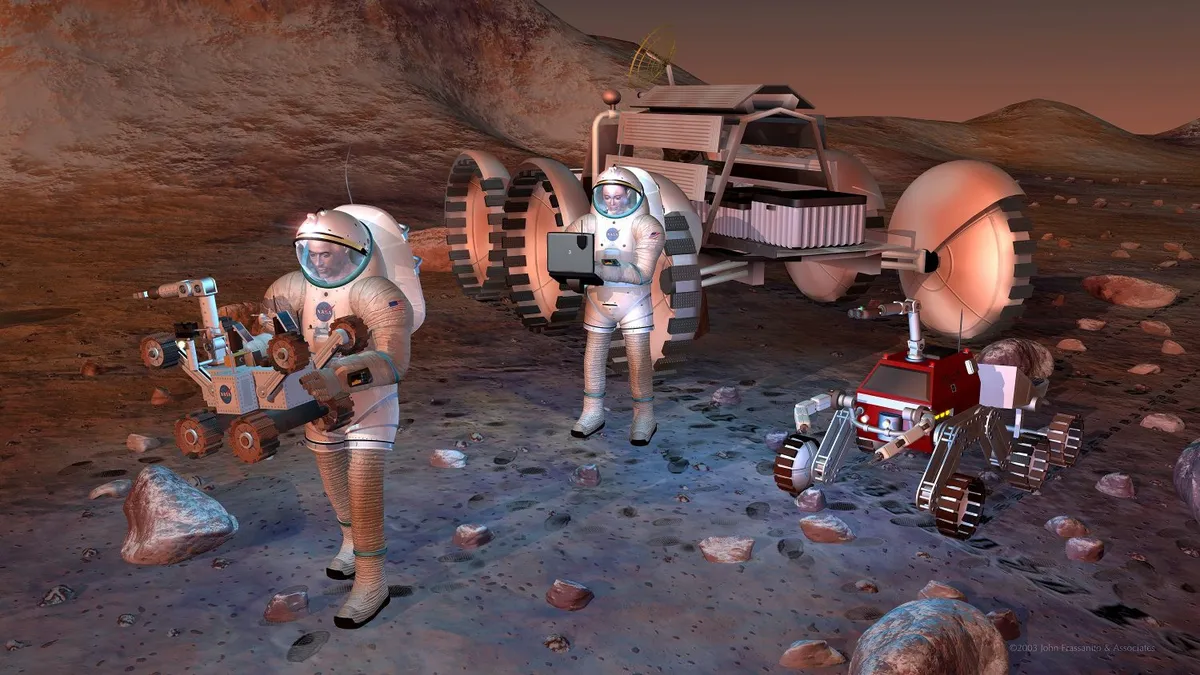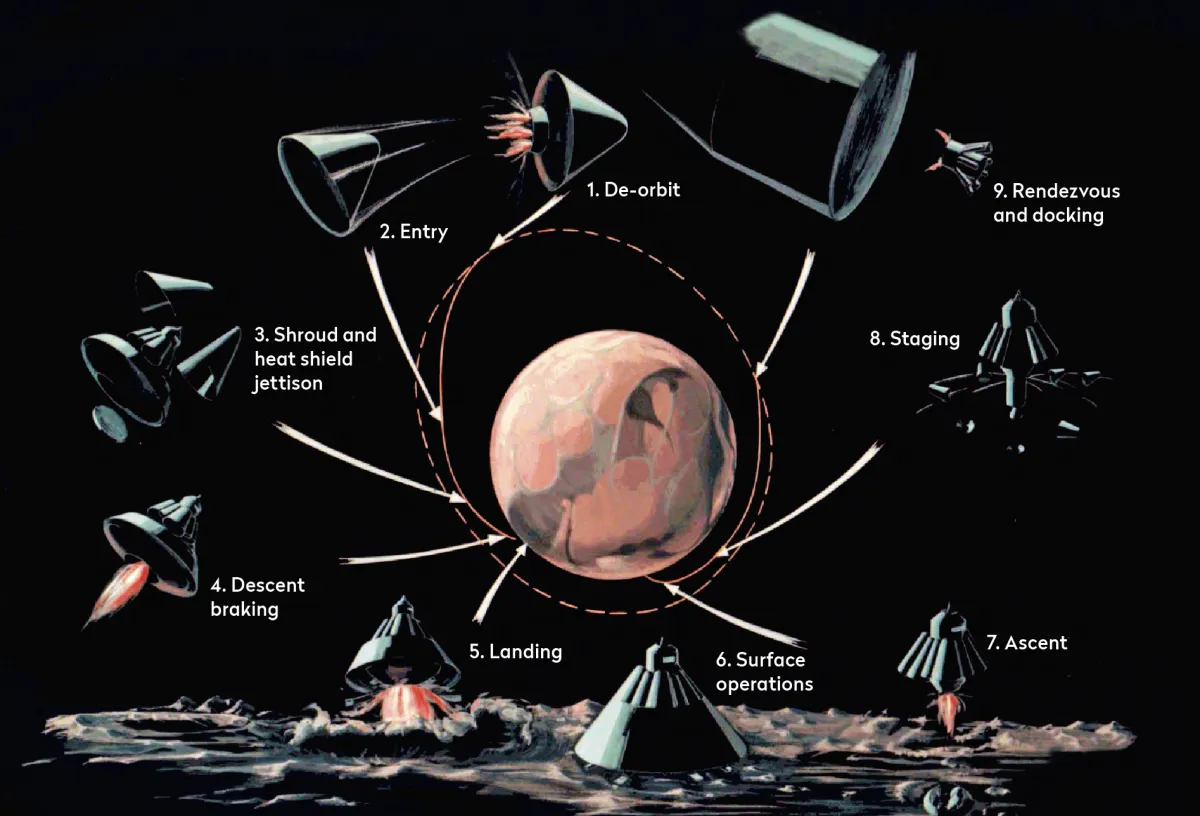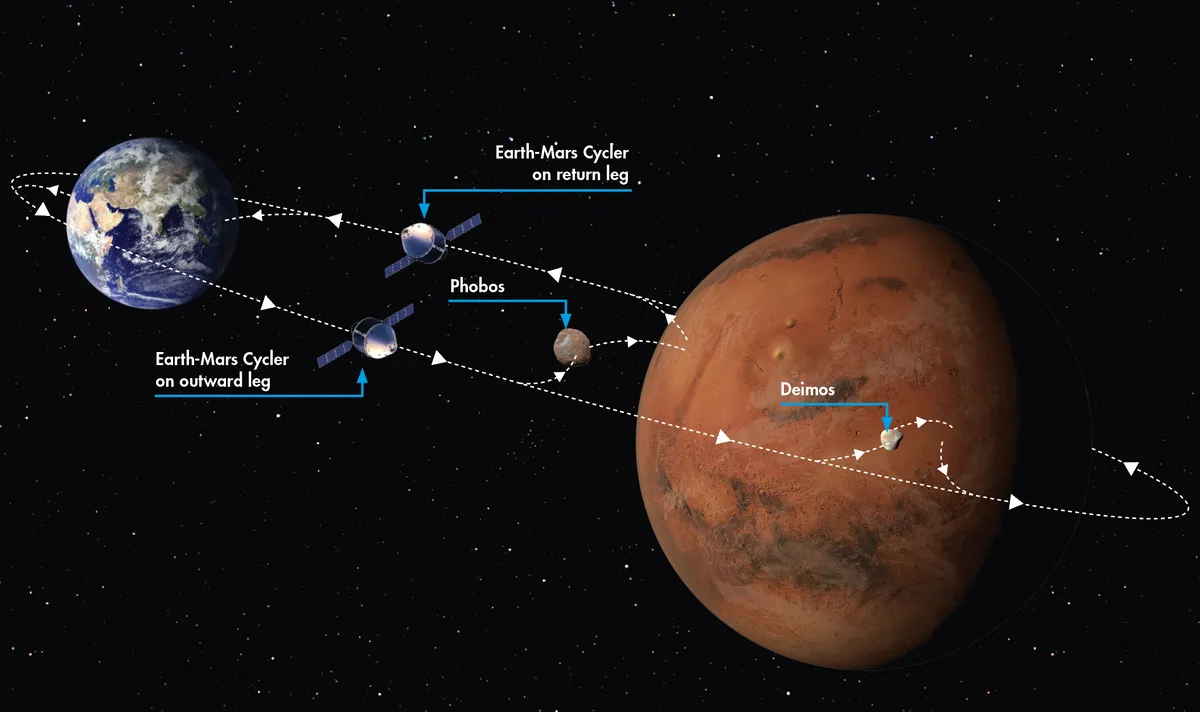The second man on the Moon, Buzz Aldrin, has grand ideas of how to make sure human exploration of Mars creates a more permanent foothold than the Apollo programme created on the lunar surface.
Buzz Aldrin has spent the last three decades telling anyone who’ll listen about his plans to go to Mars, and why it’s so important we do so.
“We’ve been stuck in low-Earth orbit for too long and I believe that we need to break this malaise,” says Aldrin, who walked on the Moon in 1969 as part of Apollo 11. “I do believe we can establish permanent habitation on Mars by 2039, and I have a plan to achieve it.”
If that date seems rather specific, there’s a good reason for it: it would be the 70th anniversary of Apollo 11’s Moon landing.
Read more about human spaceflight:
- How will humans survive the journey to Mars?
- Wernher von Braun's forgotten mission to Mars
- What do astronauts eat in space?
- Mars 500 crew return from trial mission to Mars
Second man on the moon leads the way to Mars
Not that Buzz Aldrin wants to be constantly reminded of that. It may be regarded as a seminal moment for humanity, but only until someone sets foot on Mars.
“I want to be remembered as the man who led the world to Mars, for a permanent settlement,” he points out.
Aldrin, who is constantly refining the ideas he first set out in his 2013 book Mission to Mars: My Vision for Space Exploration, wants to play a pivotal role in the push to the Red Planet.

But there remains a fundamental question: why do we need to occupy Mars? Why not just pay it a quick visit?
“What concerns me most about expeditionary missions is that we may go there once or twice and never go back – it would be flags and footprints again,” says Aldrin, citing the Apollo Moon landings.
“But the more important reason is that it’s vastly more expensive to send people up there with all their infrastructure in one spacecraft and the quality of the science would be dramatically lower.”
According to Aldrin, once you have the right kind of surface and transportation infrastructure, the cost of sending individual astronauts would be affordable.
His has a pragmatic plan built upon orbital calculations that could make inhabiting Mars far more affordable than anyone imagines.
Buzz Aldrin's Mars Cycler
Aldrin’s idea revolves around the concept of ‘Cycling Pathways’: one or possibly two Earth-Mars spacecraft (a ‘Cycler’) that travel constantly between Earth and Mars.
“The astronauts will be transported to the Earth-Mars Cycler with a single launch, with refuelling in Earth orbit,” explains Aldrin.
“Using spacecraft that cycle between Earth and Mars would be an order of magnitude cheaper than using an entirely new series of rockets to send each crew to Mars.”
Although his ideas pre-date some of those currently proposed by various billionaires, Aldrin is certainly not the first to consider how to carry out a manned mission to Mars.

Wernher von Braun, developer of the Saturn V rocket, briefed NASA’s Space Task Group just after the Moon landings on a plan to land two expedition spacecraft on Mars in 1982.
“Werner von Braun’s vision of Mars exploration was a tremendous inspiration to many of us,” says Aldrin. “But von Braun was really interested in using very large rockets. I think we can get to Mars without the same reliance on state-developed and operated rockets.”
Buzz Aldrin’s plan for the human exploration of Mars also differs from Von Braun’s in its level of reusability.
Politics gets in the way of space exploration
Ambitious space exploration plans always come with a huge caveat: politics.
Aldrin visited the White House in 2017, standing alongside US President Donald Trump when he signed an executive order re-establishing the National Space Council after its 24-year hiatus, but he’s not getting too carried away with that decision.
“I don’t expect the Space Council to fundamentally change the US space programme by itself. But it will really become critical if the administration decides to fundamentally rethink major aspects of our civil and national space programmes,” says Aldrin.
“I’m personally very committed to the idea that the President should, and indeed must, announce a major US commitment to Mars permanence. It’s essential to force us to make the hard choices we must make in order to get to Mars in the next 20 years.”
How Buzz Aldrin’s interplanetary ferry for the human exploration of Mars

Aldrin’s expertise in orbital mechanics is a big part of his plan to land people on Mars.
The Earth-Mars Cyclers are spacecraft that would take astronauts to Mars every two or four years, when the two planets align favourably, which happens every 26 months.
Aldrin has calculated a trajectory that makes the journey in only three months, rather than the usually quoted 150–300 days.
“The technology is not any sort of magical propulsion, it is just an orbital trajectory I began developing over 30 years ago,” says Aldrin.
“The easiest way to think about it is that it’s like an orbit around Earth except that it is orbiting between Earth and Mars.”
There’s another unique characteristic to Aldrin’s plan: astronauts would use the Martian moons Phobos and Deimos as stepping stones to the surface.
This article originally appeared in the September 2017 issue of BBC Sky at Night Magazine.

